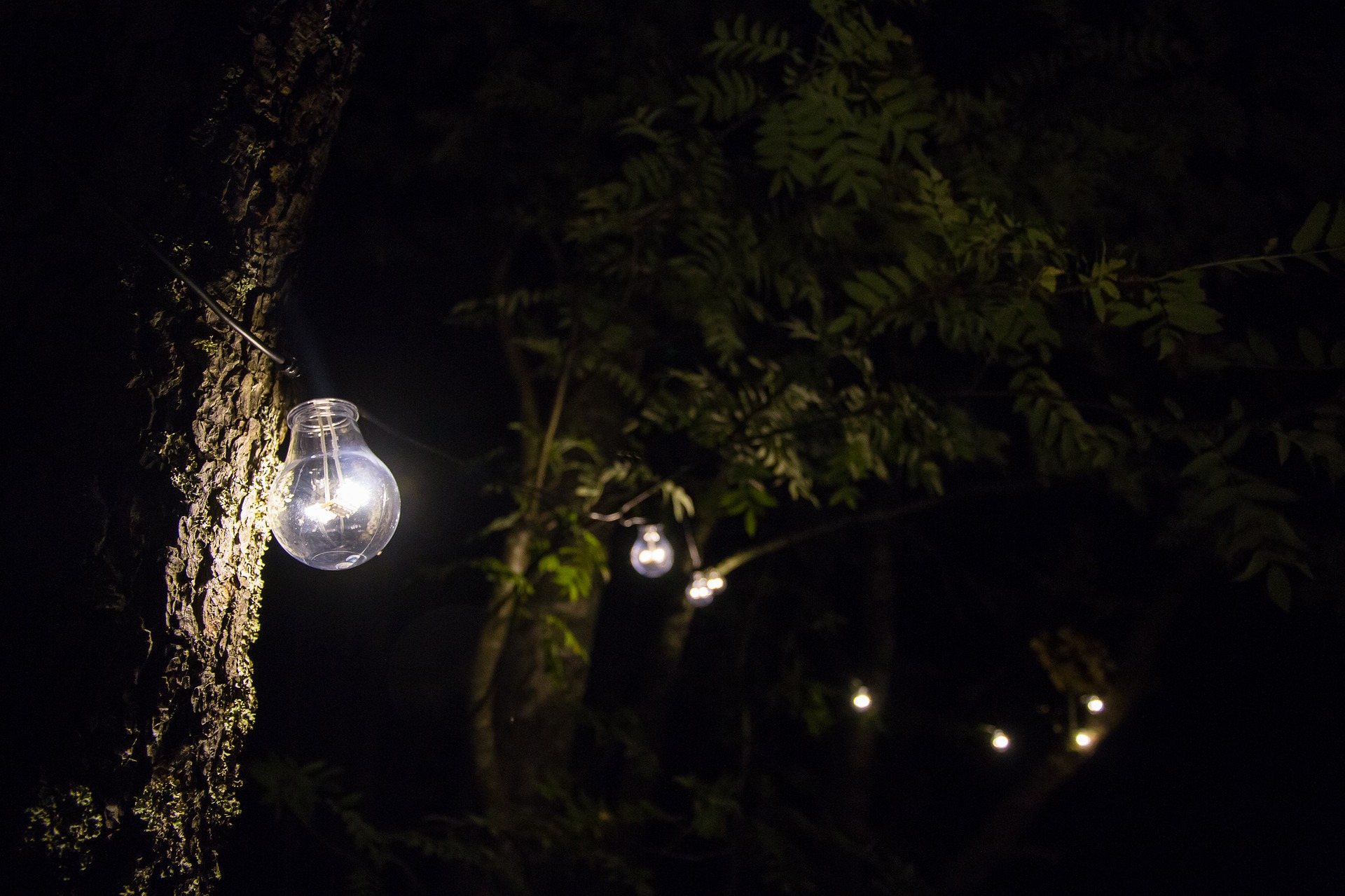LiDAR technology has a wide range of applications, from autonomous driving, industrial automation, to the latest people flow control and social distance maintaining. And now, a group of scientists uses the technology to monitor activity of mosquito.
An international research team published a study on Science Advances demonstrating its approach to use LiDAR technology to remotely monitor mosquito activity. Through LiDAR technology, they found the “rush hour” of mosquito in a southeastern Tanzanian village and by identifying the most active time of mosquito, it might be easier to diminish them for preventing the spread of malaria.

(Image: Pixabay)
Many measures have been done in Africa to reduce malaria deaths, however, this mosquito-borne disease remains a major challenge. Since both the insects and the malaria-causing parasite they carry can evolve rapidly, resistance to existing measures can quickly develop, resulting in a need for new measures that target all mosquito life stages.
To investigate whether LiDAR may help scientists detect and measure mosquitoes in the wild, the research team set up a 596-meter LiDAR transect hovering three to five meters above ground, detecting 312,191 insects over a five-day observation period.
The researchers estimated changes in relative mosquito abundance throughout each day, by tracking a range of frequencies between 85 and 850 hertz to identify the telltale signatures of insect wingbeats. LiDAR enabled the team to distinguish mosquitoes from moths, flies, midges, and bees based on their high wingbeat frequency, and even to differentiate between different mosquito species and sexes, leading them to characterize this technology as a groundbreaking new tool for estimating malaria infection risks over large distances.












